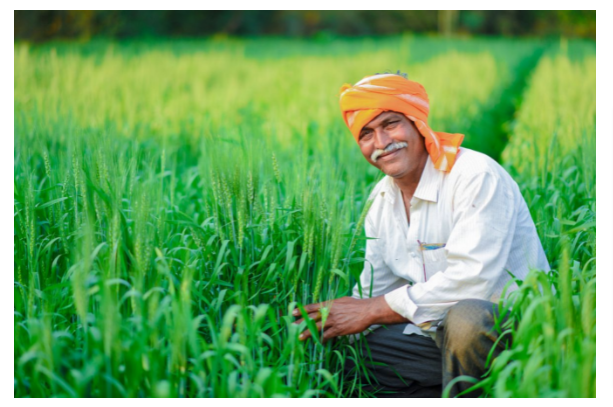A source of income is referred to as a livelihood. It includes people’s abilities, assets, money, and activities required to meet basic needs. Rural livelihoods refer to the sources of income that rural people rely on to make ends meet.
In rural locations, there are a variety of ways for people to make a living. Rural areas have not yet been fully developed in terms of modern technology, with a small number of companies and industries, as well as a few modern occupations. People’s livelihoods are based on a variety of farm and non farm occupations. Earnings from different farm activities and non farm activities make up the majority of rural livelihoods.
Problems Arising in Rural Livelihoods:
- Failure of the crop: Crop failure can be caused by various factors, including poor seed quality, pest infestations, and a lack of rain during the monsoon season
- Debt Trap: Farmers frequently need to borrow money to buy essential items such as seeds, fertilisers, and insecticides. They take out loans from moneylenders and wind up in debt
- Difficulty to pay back loans: When crops fail, farmers may not repay their debts and may be forced to borrow more money to survive
- Farmer suicides: In the past few years, the inability to repay a debt has become a dominant contributor of grief for farmers, with many farmers committing suicide as a result
- Seasonal nature of farming: Farming is a seasonal vocation in which various crops’ growth depends on the natural environment. As a result, life revolves around specific seasons. Individuals are busier during the sowing and harvesting seasons and less so during the rest of the year
Indian Farmers and Agricultural laborers

- Agricultural labourer families make up nearly two out of every five rural families in India, and they all fall back on the work they do on other people’s fields to make a living
- Plenty of the farmers in India are landless, and others may own very small plots of land, which is barely enough to meet their needs. This group accounts for 80% of farmers in India
Rural livelihoods:

-
Farm Activities: Agriculture is the primary source of income. Working on a farm entails various farm activities such as land preparation, seeding, weeding, and crop harvesting
- Non farm Activities:
– Many rural residents rely on forest collection, animal husbandry, dairy products, fishing, and other non farm activities. In a few villages in central India, for instance, both farming and forest collection are significant sources of income
– Collecting mahua, tendu leaves, and honey is a good way to supplement one’s income
– Fishing communities can be found along the shore
- Agricultural labourers make up nearly two-fifths of all rural families in India
- Terrace Farming in Nagaland: Individuals from the Chakhesang community carry out ‘terrace’ farming at the village of Chizami in Nagaland’s Phek district
- Terrace Cultivation: Land on a hillside is scooped out in steps and converted into level sections. To keep water from evaporating, the sides of each plot have been elevated. Water is able to stand on the field as a result of this. This permits water to collect on the field, which is ideal for rice farming
In most remote parts of the country, farming is the primary source of income for a majority of the people. Small-scale farming, fishing, livestock keeping, and non-farm activities are some of the most prevalent ways these people make a living. Rural livelihoods provide a huge difficulty as these communities are typically in a state of poverty where they lack the fundamental survival needs.
Rural households with a variety of income-earning activities have a better probability of financial survival than those with only one source.
To achieve sustainable rural livelihoods, effective education and training in a wide range of skills need to be provided in rural regions. A rural population requires livelihoods that will preserve and nurture their families and communities to thrive.
 Profile
Profile Settings
Settings Refer your friends
Refer your friends Sign out
Sign out













